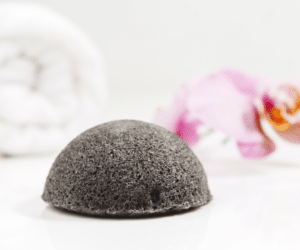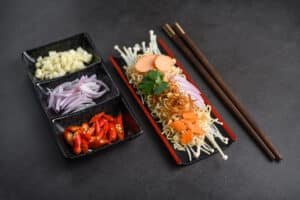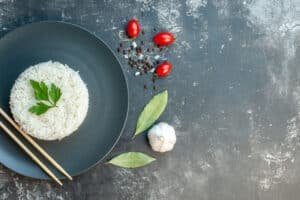
Brown Konjac Rice: A Low-Calorie, High-Fiber Delight
Brown Konjac Rice: A Low-Calorie, High-Fiber Delight
- Andrew Yang
- November 30, 2023
- 9:18 am
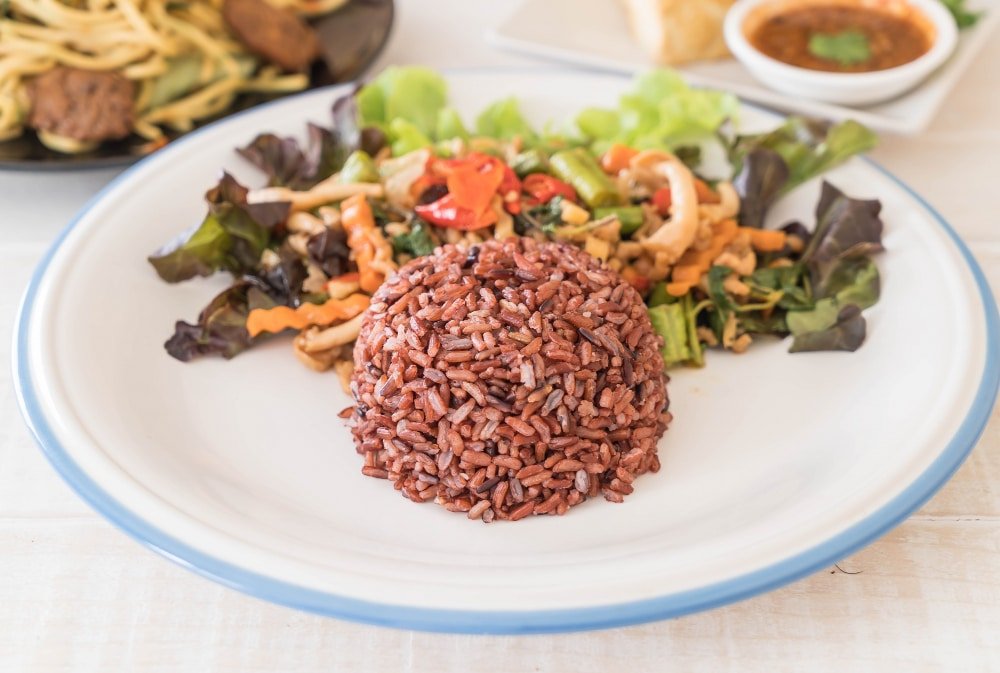
Finding delicious and satisfying alternatives to traditional high-calorie foods is vital to healthy living. When it comes to rice, one excellent choice is brown konjac rice. So, this unique and nutritious rice substitute offers a range of benefits, including being low in calories and high in fiber. In this article, we will explore the wonders of brown konjac rice, its nutritional advantages, cooking tips, and its potential to enhance your overall well-being.
What is brown konjac rice?
Brown konjac rice is a rice substitute made from the konjac plant, specifically its root. The konjac plant, scientifically known as Amorphophallus konjac, is native to Southeast Asia and has been used in traditional Asian cuisine for centuries. Brown konjac rice is a wholesome and versatile option that can be easily incorporated into various dishes.
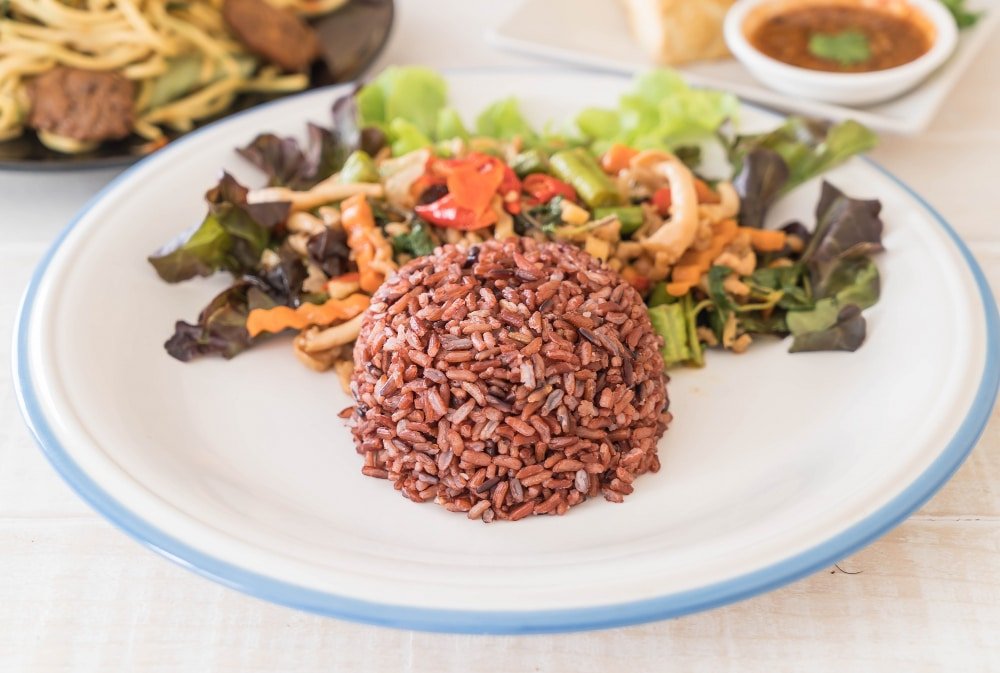
The nutritional value of brown konjac rice
Brown konjac rice is exceptionally low in calories and carbohydrates compared to traditional rice. It contains about 10 calories per serving, making it an ideal choice for those watching their calorie intake. Additionally, it’s virtually carb-free, making it a suitable option for individuals following low-carb or ketogenic diets.
Its high fiber content sets konjac rice apart from regular rice. Fiber is essential for proper digestion and maintaining a healthy weight. So, konjac rice is packed with soluble dietary fiber, including glucomannan, which offers a range of health benefits.
Benefits of brown konjac rice
1. Weight management
With its low-calorie and high-fiber properties, konjac rice can aid in weight management. The high fiber content leaves you feeling fuller for longer periods, reducing the temptation to overeat. It can help control cravings and promote a healthy eating pattern.
2. Digestive health
The fiber in brown konjac rice promotes regular bowel movements, preventing constipation and supporting overall digestive health. It adds bulk to the stool, aiding in smooth and effortless elimination. You can avoid discomfort and optimize nutrient absorption by maintaining a healthy digestive system.
3. Blood sugar control
For individuals concerned about controlling blood sugar levels, brown konjac rice provides a viable solution. The soluble fiber in konjac rice slows down digestion, leading to a slower release of sugars into the bloodstream. This prevents sudden spikes in blood sugar levels and supports stable glucose control, making it an excellent option for people with diabetes or insulin resistance.
4. Heart health
Including brown konjac rice in your diet can contribute to heart health. The soluble fiber glucomannan has been shown to help reduce cholesterol levels, particularly LDL or “bad” cholesterol. By trapping cholesterol and preventing its absorption, konjac rice can lower the risk of cardiovascular diseases and promote a healthier heart.
Cooking with brown konjac rice
When cooking with konjac rice, it’s important to note that it has a unique texture compared to traditional rice. It has a chewy and slightly gelatinous texture that takes some time. To prepare konjac rice, follow these simple steps:
- Drain and rinse the rice under cold water to remove any natural odors.
- Boil the rice in water for about 2-3 minutes.
- Drain the cooked rice and rinse it with warm water to remove any remaining starch.
- Brown konjac rice can be added to stir-fries, soups, salads, and other dishes, replacing traditional rice with this low-calorie, high-fiber alternative.
Experiment with different seasonings and ingredients to create flavorful and wholesome meals that satisfy your taste buds while promoting a healthy lifestyle.
Conclusion
In conclusion, brown konjac rice is a fantastic option for individuals seeking a low-calorie, high-fiber alternative to traditional rice. With its nutritional benefits, including weight management, digestive health support, blood sugar control, and heart health promotion, konjac rice can be a valuable addition to a healthy and balanced lifestyle. So, why not take a step towards healthier living and enjoy the benefits of this delightful rice substitute?
FAQs
1. Is konjac rice healthier?
Konjac rice is often considered a healthier alternative to traditional rice, especially for individuals looking to reduce calorie and carbohydrate intake. The primary component of konjac rice is glucomannan, a soluble fiber derived from the konjac plant. Glucomannan has various health benefits, including weight loss, improved cholesterol levels, and better digestive health. Konjac rice is very low in calories and carbohydrates, making it suitable for low-calorie or low-carb diets. Additionally, it is gluten-free, making it a suitable option for individuals with gluten sensitivity or celiac disease. While konjac rice can be a healthy choice, it’s essential to include a variety of nutrient-dense foods in one’s diet and consult with healthcare professionals for personalized dietary advice.
2. Is it OK to eat konjac rice every day?
While brown konjac rice can be a healthy addition to a balanced diet, it’s advisable not to consume it exclusively daily. Konjac rice is low in calories and carbohydrates, making it suitable for certain dietary preferences and weight management goals. However, a well-rounded diet involves a variety of nutrient-dense foods to ensure that the body receives essential nutrients. Consuming a diverse range of foods provides a spectrum of vitamins, minerals, and other beneficial compounds necessary for overall health. Additionally, individual dietary needs vary, and it’s important to consult with healthcare professionals or a nutritionist for personalized advice based on specific health goals and considerations.
3. Is konjac rice actually rice?
No, brown konjac rice is not actually rice. It is a rice substitute made from the konjac plant’s corm, specifically from glucomannan, a soluble fiber found in the plant. Konjac rice is a low-calorie and low-carbohydrate alternative to traditional rice, making it popular in certain dietary plans. It has a different texture and composition than rice, but it acts as a substitute, especially in low-calorie or low-carb diets. While it may resemble rice in some dishes, it is essential to note that konjac rice is a distinct product made from the konjac plant, not from actual rice grains.
4. What are the benefits of konjac rice?
Konjac rice boasts several benefits, including its low-calorie and low-carbohydrate content, making it suitable for those on calorie-restricted or low-carb diets. Rich in glucomannan, a soluble fiber, it has positively affected weight management, cholesterol levels, and digestive health. Being gluten-free, it provides a safe option for individuals with gluten sensitivity. The versatility of konjac rice allows it to be used as a substitute in various dishes, offering a lighter and lower-calorie alternative to traditional rice. Additionally, its high fiber content may promote a feeling of fullness, supporting weight management goals. While konjac rice offers these advantages, it should be part of a balanced diet, and individuals with specific health concerns should consult healthcare professionals for personalized advice.

